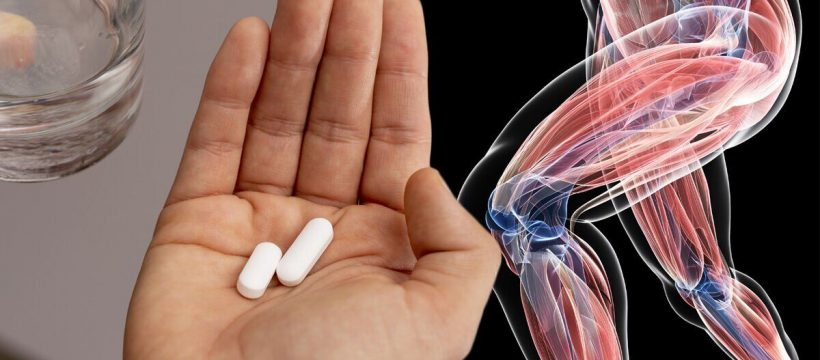Statins: How the drug prevents heart attacks and strokes
We use your sign-up to provide content in ways you’ve consented to and to improve our understanding of you. This may include adverts from us and 3rd parties based on our understanding. You can unsubscribe at any time. More info
Statin therapy has become ubiquitous since studies confirmed its ability to shield against deadly cardiac events. But improving uptake of the drug has proven an uphill struggle, as its side effects are seen as a huge deterrent. Muscle complications are rife with statins, but some cases escalate to the point of killing muscle fibres. Taking niacin supplements alongside statins, for example, could increase the risk of rhabdomyolysis.
The Mayo Clinic explains: “Although mild muscle pain is a relatively common side effect of statins, some people who take statin medications to lower their cholesterol may have severe muscle pain.
“This intense pain may be a symptom of rhabdomyolysis, a rare condition that causes muscle cells to break down.”
The condition can be potentially life-threatening if the muscle cells enter the kidney and lead to injury – but many patients recover without hospitalisation.
If rhabdomyolysis progresses, however, it can cause weakness, muscle soreness and dark or brown urine.
READ MORE: Statin side effects: Risk of drug-induced eczema may be ‘significant’ among users – study

Although the condition is a known complication of statin therapy, it occurs only in a small percentage of the population.
The risk, however, may be greater for individuals who take niacin alongside statins, in a bid to intensify the drug’s cholesterol-lowering effects.
MedicineNet explains: “Niacin and the fibric acid drugs can cause rhabdomyolysis or liver failure when used alone, and combining them with statins increases the likelihood of rhabdomyolysis or liver failure.”
As the muscle incurs damage, tissues are released into the bloodstream which can have a delayed effect on other organs like the kidneys.
Monika Wassermann, MD at oliolusso, explained: “Both statins and niacin function by quickening the elimination of excess cholesterol and limiting the cholesterol levels secreted by the liver.
“When taken together, the statins interact with niacin the release enzymes that inhibit the clearance of statins in the body system.
“This leads to the accumulation of statins like flucastatin, simvastatin, atorvastatin, and lovastatin, heightening the risk of rhabdomyolysis, liver failure and other side effects.”
If renal failure or liver damage occurs, prompt treatment offers the best chance of bringing a good outcome.

According to one 2020 study published in the Annals of Intensive Care, the most severe cases of rhabdomyolysis have mortality rates reaching up to 59 percent of patients.
Miss Wassermann continued: “Never take high doses of niacin supplements with your statins as it increases the risks of severe side effects like liver damage.
“From my experience, taking statins for long periods and in higher doses can put you at a higher risk of rhabdomyolysis, than those used for a shorter period.

“I suggest you avoid taking statin with lopid, cyclosporine, magnesium, berberine and grapefruit juice supplements.”
Indeed, many of the aforementioned supplements have been shown to interfere with the cholesterol-lowering drugs through various mechanisms.
Some supplements, such as magnesium, may decrease the concentration of statins in the body.
While most of these issues can be prevented by taking each dose hours apart, it is advisable to consult a health practitioner before mixing the treatments.
Source: Read Full Article
